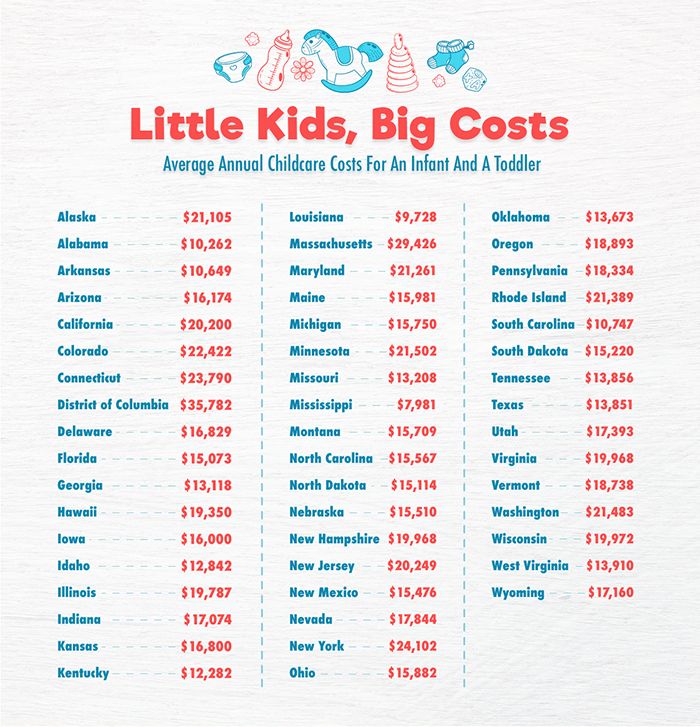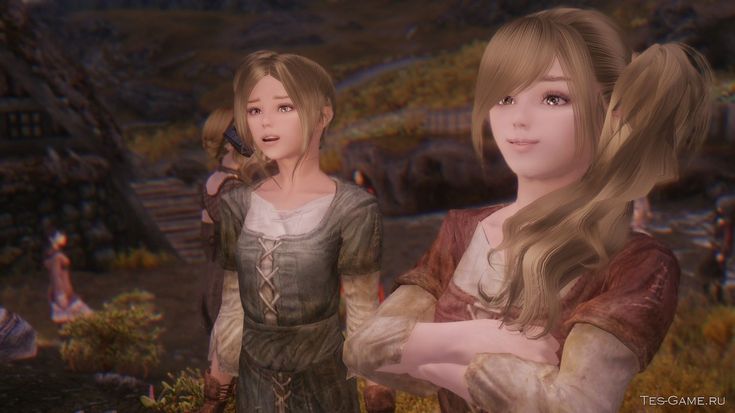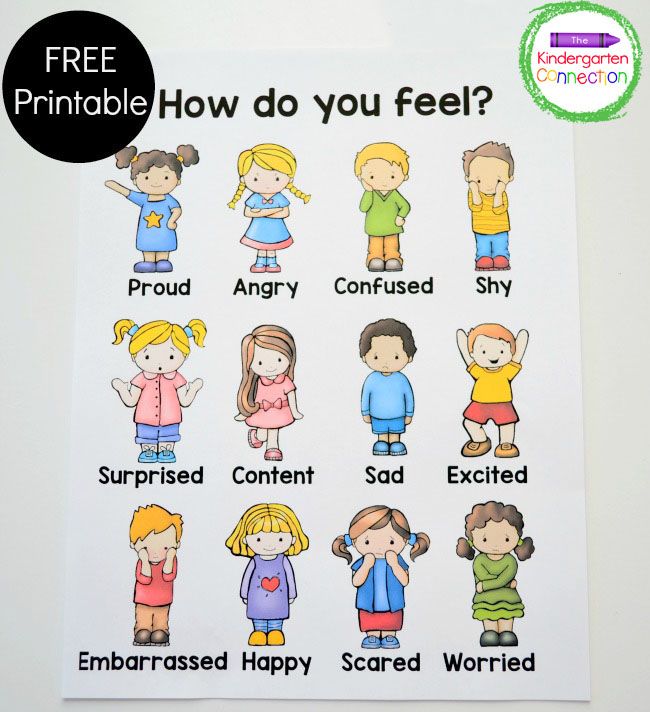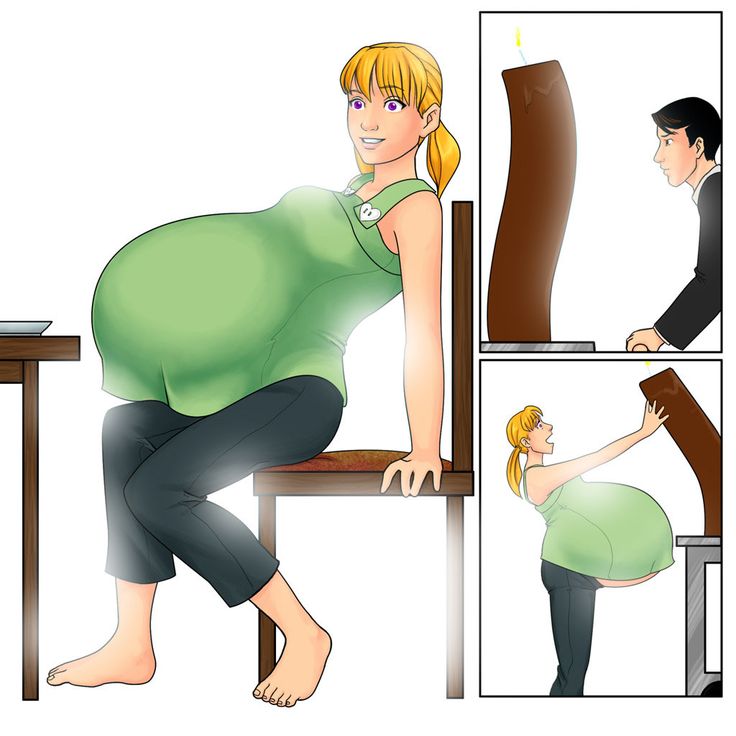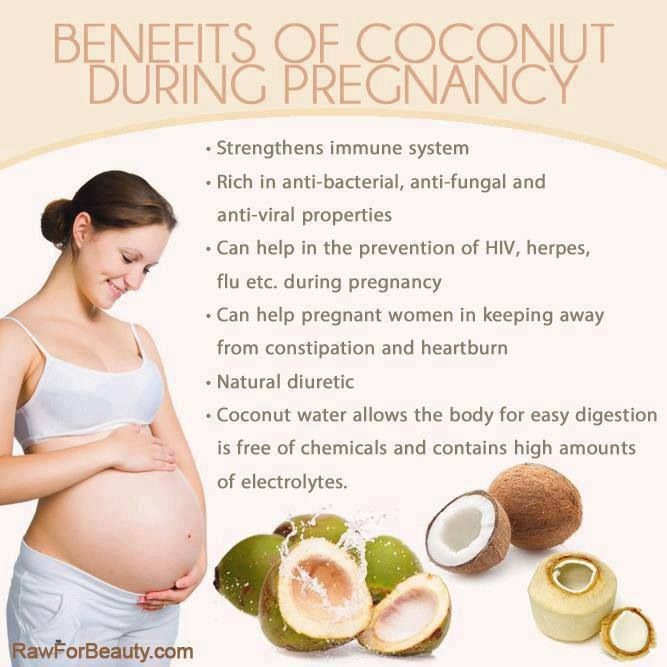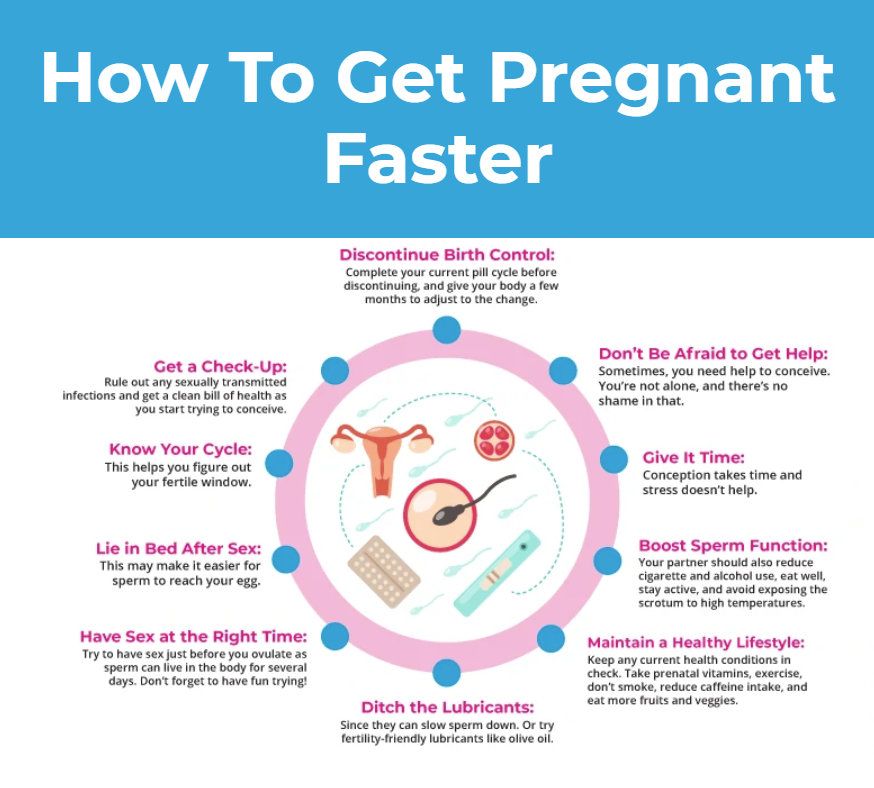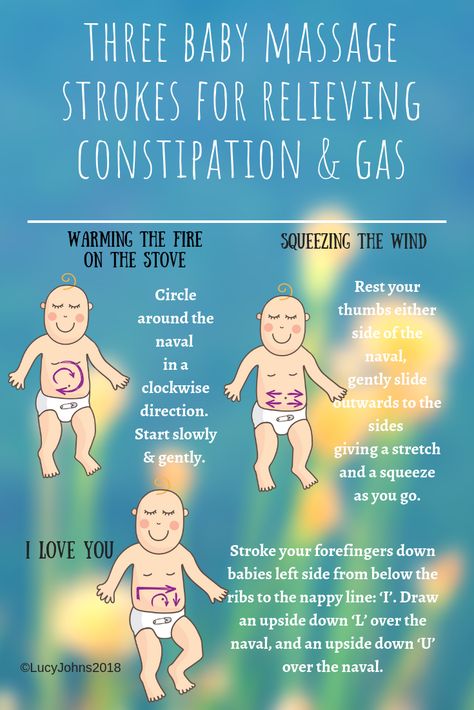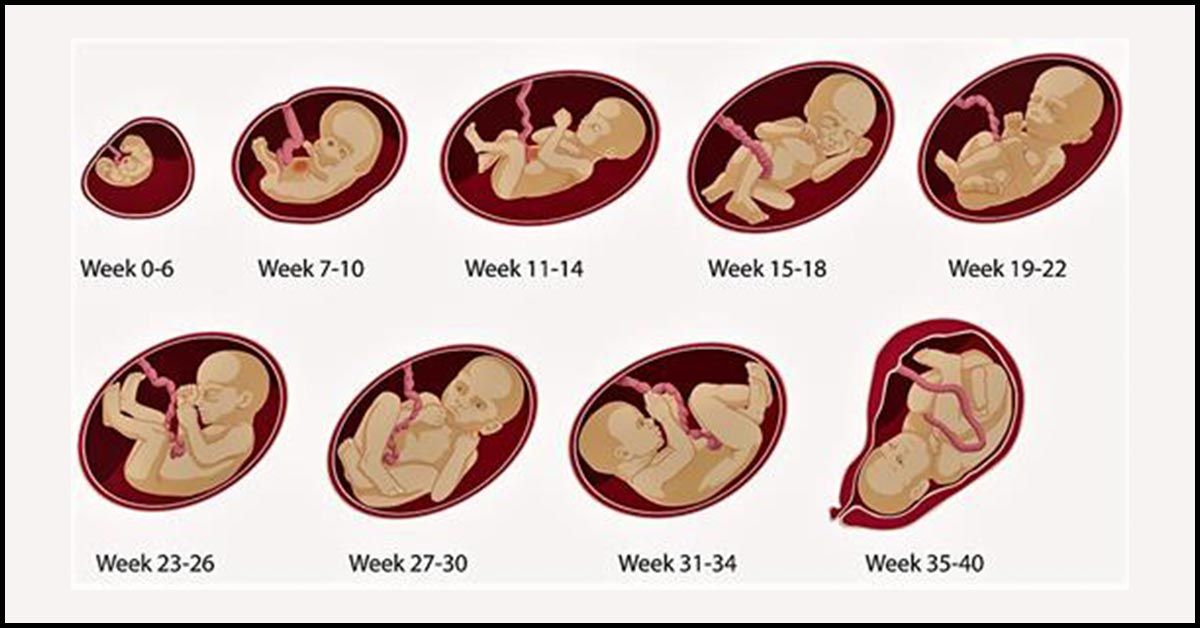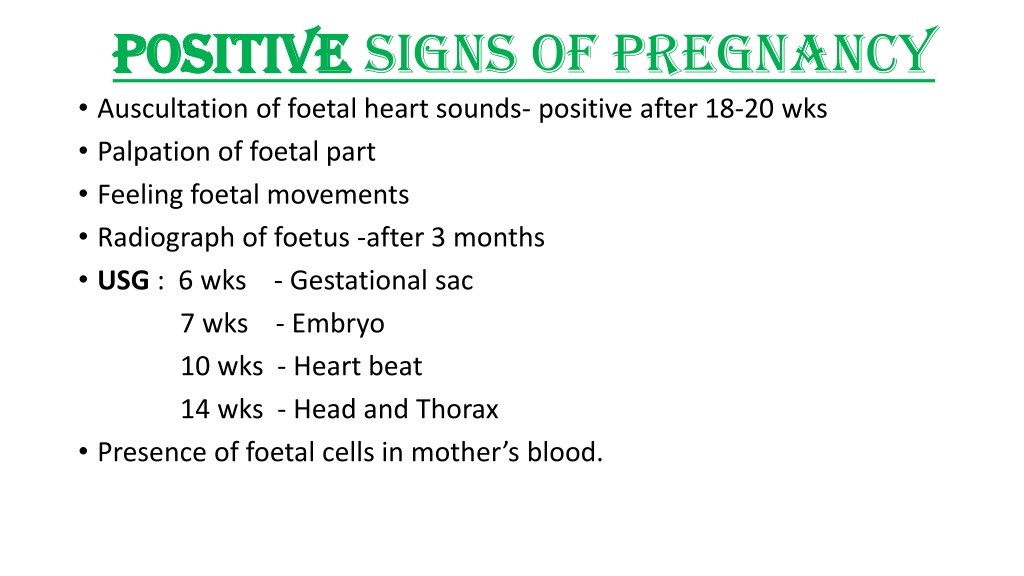How much does it cost to raise a child in australia
New estimates of the costs of raising children in Australia
The figures - published today by the Australian Institute of Family Studies’ - show the weekly costs of raising a child range from $140 for unemployed families and $170 for low-paid families.
Institute Director, Anne Hollonds said the costs of bringing up children are of intense interest to both families and policy makers.
“Families are interested because the cost of raising children affects their wellbeing and the decisions they make about managing the burden of care, and policy makers need robust information to inform family policies, including the adequacy of minimum incomes,” Ms Hollonds said.
The research was carried out by the UNSW Social Policy Research Centre using a ‘budget standards’ approach to estimate the cost of children’s food, clothing and footwear, health, personal care and school expenses and their share of household expenses like housing, household goods and services (including energy) and transport costs.
Professor Peter Saunders said that the budget standards approach identifies and then costs all of the items that are needed to achieve a ‘minimum income standard for healthy living’ in Australia today.
“We updated the existing budget standards using new ABS data on what Australians own, what they do and what they spend their money on,” he said.
“For example, we included the costs of mobile phones which are now commonplace and what it costs to feed and clothe children by pricing shelf items in nationwide stores, such as Woolworths and Kmart.
“A series of focus group interviews with low-income families told us how they manage on their budgets which turned up important trends, including clothes swapping for school uniforms and buying more home-brand or generic items in supermarkets and chain stores.”
The study found the estimated weekly costs for low-paid families of raising two children – a 6 year-old girl and a 10 year-old boy – is $340 per week, or $170 a week per child.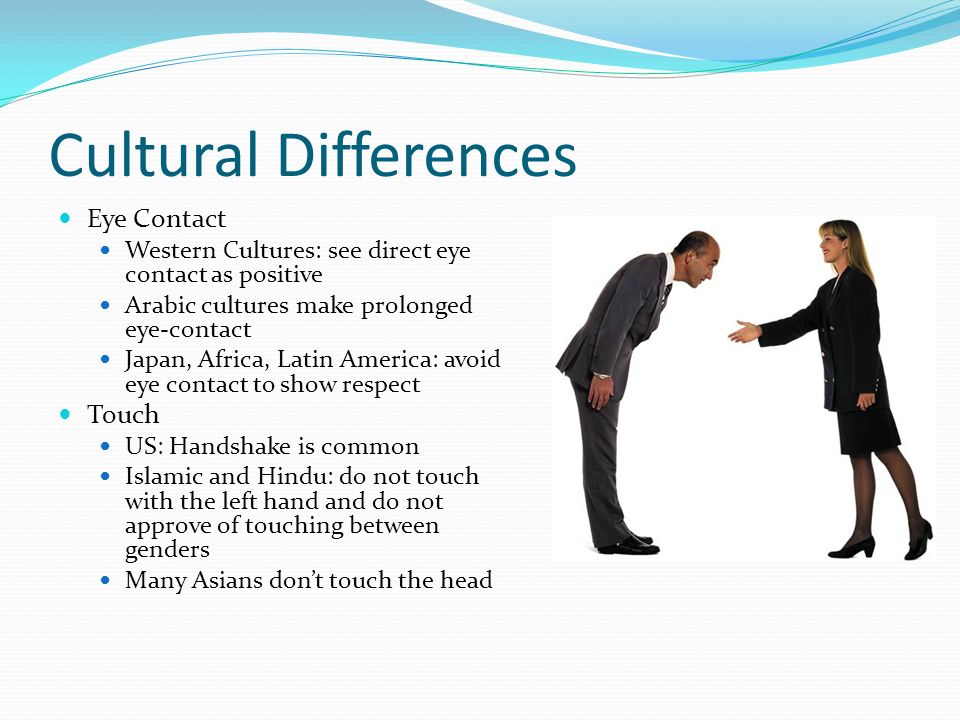 While at the lower unemployed standard, the weekly costs of raising two children is $280 per week, or $140 a week per child.
While at the lower unemployed standard, the weekly costs of raising two children is $280 per week, or $140 a week per child.
The most expensive budget items were housing costs, based on families paying average prices for rental accommodation in Sydney, Melbourne or Brisbane, followed by food, household goods and services.
Other, shared costs include the additional energy bills required to keep the home adequately warm and transport costs associated with ferrying children to school and activities.
“The new estimates of the cost of children are considerably higher than those produced by updating the original budget standards created in 1995 because prevailing community standards have shifted upwards over the past two decades,” Professor Saunders said.
“A key advantage of the budget standards approach is that it makes transparent the key decisions, choices and assumptions required to estimate how much is needed to achieve the minimum healthy living standard, consistent with adequate levels of social participation and inclusion. ”
”
“The results provide important data for assessing how much income unemployed and low-paid families need and can thus guide the setting of the Newstart Allowance and the minimum wage.”
| Budget category | Family type: | Costs of child(ren): | ||||
| Couple, 0 children (1) | Couple, 1 child (2) | Couple, 2 children (3) | 6-year-old girl (2) minus (1) | 10-year-old boy (3) minus (2) | Combined cost of G6 and B10 (3) minus (1) | |
| Food | 123.60 | 156.22 | 200.91 | 32.62 | 44.69 | 77.31 |
| Clothing and footwear | 15.77 | 23.72 | 33.20 | 7.95 | 9.48 | 17.43 |
| Household goods and services | 99.59 | 112.72 | 139.10 | 13.13 | 26.38 | 39.51 |
| Transport | 120.75 | 144. 72 72 | 144.72 | 23.97 | 0.00 | 23.97 |
| Health | 14.45 | 19.51 | 24.36 | 5.06 | 4.85 | 9.91 |
| Personal care | 27.04 | 31.03 | 35.34 | 3.99 | 4.31 | 8.30 |
| Recreation | 39.54 | 62.06 | 76.99 | 22.52 | 14.93 | 37.45 |
| Education | 0.00 | 27.43 | 61.26 | 27.43 | 33.83 | 61.26 |
| Housing (Rent) | 392.50 | 392.50 | 457.50 | 0.00 | 65.00 | 65.00 |
| Total budget | 833.24 | 969.91 | 1,173.38 | 136.67 | 203.47 | 340.14 |
The article will be published in the forthcoming issue of Family Matters, the Institute’s journal that publishes research relevant to contemporary Australian families. You can access the article, New estimates of the costs of children by Peter Saunders and Megan Bedford in the Related publications section below.
More information about the project is also available on the University of New South Wales (UNSW) Sydney webpage (link in Related publications section below): Budget Standards: A new healthy living minimum income standard for low-paid and unemployed Australians.
The Cost of Raising a Child in Australia in 2021
Raising a child can be both a joyous and a daunting task. While it is a completely new experience for anyone to raise a human being, it is also a very great responsibility to care for a human being that is completely dependent on you for almost sixteen to eighteen years. This is why it is absolutely vital for parents to think it through properly before having kids. You don’t just want to have kids, you should be able to raise them up properly as well.
One major effect that kids have is on the budget. If you are a new parent or considering becoming one then you need to know the exact cost of raising a child so that you can carry out your financial planning in an appropriate manner.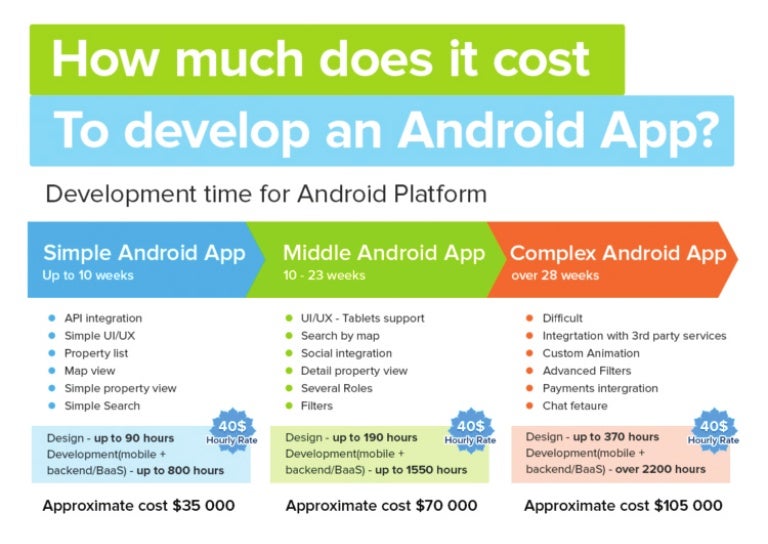
Government statistics in Australia suggest that parents need to spend roughly around $180 per week on the upbringing of their children. If we consider this as a bare minimum then the figure is going to be higher for many families. According to surveys, it has been proven that $180 is the bare minimum and families can end up spending as high as $800 per week on a child.
Government suggested cost of raising a child1 week$1801 month$7201 year$864018 years$155520
Extrapolating these statistics gives us the monthly and annual cost of raising a child according to the figures given by the government. This however is not a standard cost because as children age, their needs change and so does the expenditure required. So let us look deeper into this matter.
The Australian institute of family studies suggests that the cost of raising two children who are aged 6 and 10, in a low-income family is around $340 a week. If we extrapolate this then we get the following costs
Also : How to Plan the Ultimate Road Trip and What to Pack
Australian Institute of Family Studies suggested cost of raising 2 children in a low income family1 week$3401 month$13601 year$1632018 years$293760
The cost of raising the same children for a family with unemployed parents is around $280 per week.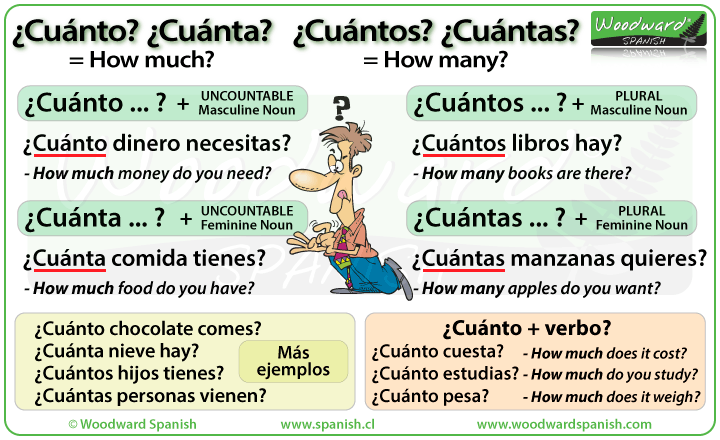 Once again if we extrapolate this then we get the following results
Once again if we extrapolate this then we get the following results
Australian Institute of Family Studies suggested cost of raising 2 children in an unemployed family1 week$2801 month$11201 year$1344018 years$241920
The costs of raising children
The estimates discussed above are based on some factors that play a crucial role in the upbringing of children. When you have to raise children, there are certain costs that you have to take in to account based on where you live.
Some of the costs that you have to consider are
- Food
- Clothing
- Healthcare for the children
- Toys
- Other household goods such as beds
- Recreational activities
- Education
- Day care
These are some of the basic costs of raising a child that you will have to incur anywhere in the world. Some countries may have subsidised or government sponsored health care and education for children, which may lessen the burden.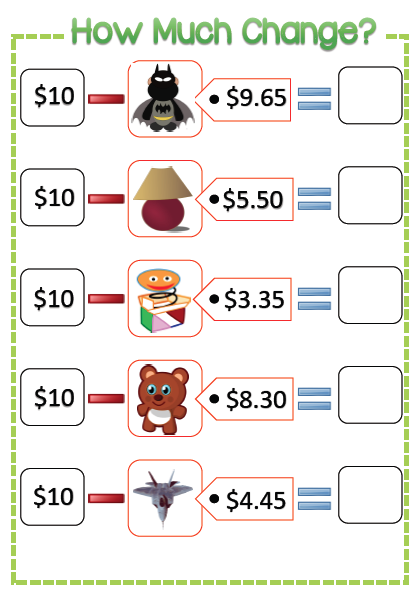
Also See: Is The World Economy Bankrupt? Can The Debt be Repaid?
Opportunity Cost
Apart from these costs, there are also some hidden costs of having children. One of the greatest hidden or non monetary cost of having children is the opportunity cost. Having children means that you have to sacrifice a lot of time to raise your children. This time could have been spent on productive activities. For instance couples with no children can work longer hours because they do not have the responsibility of looking after their children, however couples with children have to cut down their working hours to take care for their children.
Furthermore, it is mostly seen that after having children, one of the parents has to sacrifice their career for at least a few months or years because new born children require total focus, care and protection. You cannot drop a new born kid into a day care centre. This opportunity cost can be different for everyone, based on their income level.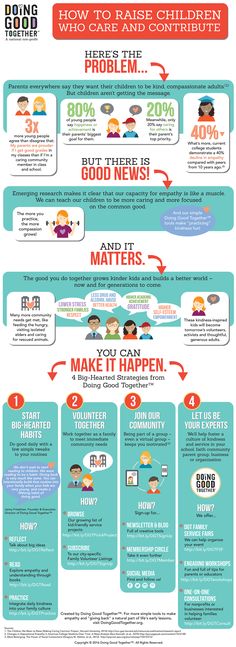
For instance a low income family will have a low opportunity cost but the value of that low opportunity cost will be high. Similarly a high income family will have a high opportunity cost but the value to the family will be low. This is because every dollar earned is more valuable for a low income family as compared to a high income family because of saving and spending ratios.
Cost of Healthcare
Healthcare or childcare costs are a very crucial part of raising a child. Children have weak immune systems and thus tend to need more specialised care as compared to adults. The cost of healthcare for children in Australia is quite high if you do not consider the subsidies given by the government at first.
Childcare costs in Australia/Per daySydney$166Melbourne$154Brisbane$155New South Wales$97Victoria$105Queensland$99
The costs shown above are per day cost of child care, these costs are very high. Thankfully the Australian government offers childcare benefits to eligible families. You can go to the Family assistance guide on www.guides.dss.gov.au to find out more about the eligibility criteria, to see how it applies to you.
You can go to the Family assistance guide on www.guides.dss.gov.au to find out more about the eligibility criteria, to see how it applies to you.
Education
Education is a major cost in the upbringing of children. State schools reduce this cost but if parents decide to send their children to private schools then this cost can skyrocket based on the private school they choose for their child. This is why only high-income families can afford to send their children to a private school.
Also See: Digital Nomad in Australia: 10 Great Places to Live and Work Remotely
Importance of Knowing The Cost of Raising a Child
If you are trying to work out the cost of raising a child then work on the bare minimum cost first and then add up the additional costs on the bare minimum structure according to your affordability.
Knowing the cost of raising a child can help you prepare in advance. If you know roughly how much you will need to raise your child, you can plan in advance and map out your career and other life choices so that you can give the best upbringing to your child that is possible.
Knowing these costs can allow you to make plans ahead of time, make necessary and appropriate financial plans, invest for the children ahead of time and even take out insurance policies that will affect the children later on.
Also See: Is The World Economy Bankrupt? Can The Debt be Repaid?
Top 12 Australian Destinations for Foreigners
"To be, to belong, to become": how children are brought up in Australia
TravelHistory
People fled to Australia in the 18th century for this freedom, but now they come here for it. And the children who were lucky enough to be born here are used to deciding everything themselves.
- Photo
- Natasha Lesonie
HEROINE
Elena Stepanova*
Born in Moscow in 1983. In 2006 she graduated from the Russian State Trade and Economic University. She worked at Procter & Gamble in Moscow, where she met her future husband Dmitry.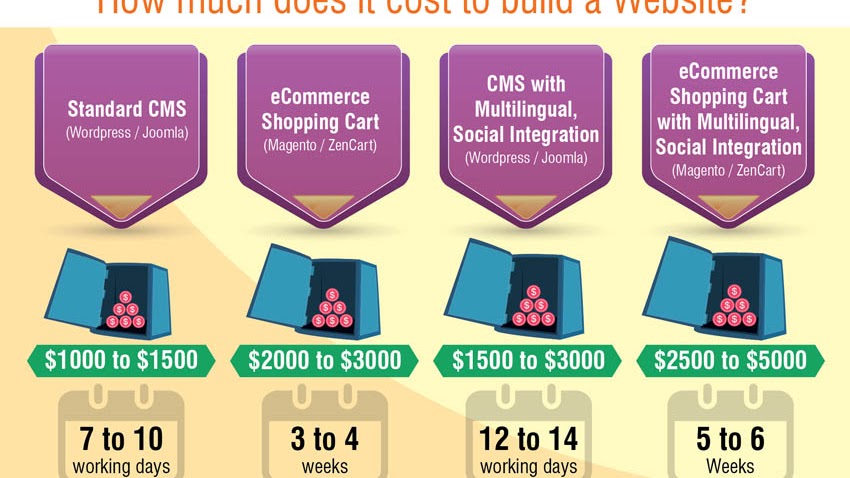 nine0003
nine0003
In 2011 the Stepanov family moved to Sydney. During her maternity leave, Elena founded Gem Studio Photography , which specializes in photography of weddings and family events. Elena and Dmitry are raising three children: Anton (9 years old), Maya (8 years old) and Yana (3 years old).
* Elena told Around the World about her life in Australia and about the peculiarities of raising children in this country in 2017. - Intelligence in the face of the youngest daughter reported that they had three boys. Then my son Anton went to play with them and said that there were actually five boys. And the other day, a neighbor's dog ran into our site, I took it to the owners, met them and was surprised to find out that there were eight boys. The eldest is 18 years old, the others are 15, 12, 8, 6, 4, 2 years old and the youngest is 8 months old. nine0003 In the North Beaches area of Sydney, where good schools are concentrated, almost all families have many children. As soon as you find yourself in the area of Forestville , where Elena's family lives, you get the feeling that you have arrived at the dacha: under the purple vaults of blooming jacaranda, children run squealing in the same swimming trunks and pouring water on each other from watering cans. nine0003 - Anton, Maya and Yana are now playing at the neighbors'. There are three kids around the same age. Children rush back and forth all day long: they jump on our trampoline, then they run to the neighbors on the trampoline. Swim in their pool and race to dive into ours. Children often run barefoot down the street, even in the city. Heat. - And in general, here no one cares, as we do in Russia, about many things - for example, handrails in public transport that you have to hold on to, or puddles that you can’t run across. - As soon as we moved to Sydney from Moscow, my husband and I immediately liked being relaxed Australian parents. The habit of wrapping up children and protecting them from dirt evaporated in the very first autumn. I calmly watch how mine sit right on the asphalt - to have a bite or play. But how to forbid if everyone around - both adults and children - are sitting on the ground? - Now we have winter already - June, July and August are the coldest months in Australia. We sleep with heaters. The floor is ice cold. From the end of May until September, we adults wear ugg boots at home. Children are not. Maya is ready to run barefoot all year round. I let. This is her choice. My daughter never missed school in a year. And at home she was constantly sick. nine0003 The only piece of clothing you can't live without in Australia is a headdress. Everything else - according to command take it easy (keep calm). Walking barefoot into a coffee shop on the way from the beach or running home in a bathing suit is nothing special. Australians give children complete freedom of choice - both clothing and life path. nine0003 In May, at the beginning of the school year, at a meeting in elementary school, teachers tell parents about the generally accepted concept of education. All Australian pedagogy is reduced to the rule of three B : being, belonging, becoming , which means “to be, belong, become”. These three B define the core values of Australian life. “Children learn the rules of behavior through encouragement,” Mrs. Wilson, Anton's teacher, told me. — Twice a year, at a meeting with a teacher, I listen for half an hour to what wonderful children I have: assiduous, creative, talented, kind, artistic. In elementary school, children, of course, are taught to read and write, to do homework. But still give them the opportunity to grow and develop at their own pace. — The tasks are simple: ride a bike for 30 minutes, ask dad how you are, help mom cook dinner, read a small book, write down and colorfully arrange a recipe. nine0003 The first of the three Bs, being, means to live here and now. That is, children should explore the world and enjoy their childhood, and not pore over the lessons. - It is better for a child to spend several hours on the street chasing bright parrots than to sit over textbooks. We have nine months of heat a year, children grow up outside. - No one bothers children with educational cards, cubes and pyramids. My neighbors say that teaching children is the job of teachers. I really like the motto on the poster hanging at our school: Childhood is a journey not a race The race starts a little later, after graduation from school in the sixth grade, when the child has to choose where he will study next. From 7th to 12th grade, children attend secondary school. There are several options - a prestigious and expensive private, paid Catholic or selective school, where you need to take an entrance exam, or a public free district school. — Recently, at dinner, our boy announced to us that, they say, you parents can discuss the best schools and tutors in the city as much as you like, and I will go to our district school with friends. - Anton wants to be a simple worker and drive a ute (pickup) with a toolbox. We dreamed that he entered a selective French school. Maybe he'll change his mind? The decision is his. A child's place of education is the second most popular topic after the weather in local culture small talk (small talk). Australians are known for their affability and friendliness. They don't mind talking. Starting a conversation with a stranger on the street is as easy as at the office cooler. It is enough to ask: “Where will yours go to study?” nine0003 - For Australians, success in life is measured by the school their children attend. And it's not about the quality of education. It is believed that the social circle that the child acquires is much more important, - says Elena. Second B - belonging - means belonging to a particular society. Parents are ready to go to great lengths to give their child a good start in the form of an elite school: for example, to sell their house and move to another area. And if a district school is taken on a geographic basis, then you can get into a private school only by signing up for a waiting list almost immediately after the birth of a child. nine0003 - Anton's best friend Will Ferguson will go to the prestigious St Josephs at Hunters Hill for boys, which his dad Scott once graduated from. At a neighbor's barbecue, Scott said with a laugh that his son's expensive education would hardly be any different from the one ours would receive in a free school. - But the line indicating the elite educational institution in the child's personal file, according to the father, will open up more opportunities for him. In order to be happy and self-confident, the child must feel belonging to the family, the street, the community, the circle of friends and, ultimately, to his country. Neighbors are very close-knit. nine0003 Australians like to do everything together, in big groups. Here, from early childhood, they are taught to make friends, take care of others, and spend time with their families. — I often feel like a mother of many children: I take for a walk not only my own, but also my neighbor's children. After school on Mondays we have swimming practice. The day before, a neighbor calls and asks to look after her boys, whom she does not have time to pick up from school. Five children can easily fit in my car, I take everyone to the pool. - And in the evening Maya's girlfriend comes to us at sleep over - children often spend the night with friends. Good neighborly mutual assistance is a common thing. - Once I got stuck at work. Our nanny calls me and says that her car has a flat tire, there are three children in the car, it is raining outside, and the rescue service will not be here until an hour later. — In desperation, I describe the situation on a social network, and within five minutes three of our neighbors express their readiness to go pick up the children in their cars… They also cooked dinner at my house while I was getting there, — Elena recalls. Australia is known for its strong social support system for children, families and working mothers, but it often seems that children are taken care of not so much by the state as by the society itself. The fact that the country does not even have the concept of “orphanage” speaks volumes. — Yana's youngest daughter has a friend Levi. The kid is two and a half years old, he has been raised by trustees for more than a year. This family raised several kids who got into a difficult life situation. All the children lived with them for 8–10 months a year, and Livay was adopted,” says Elena. nine0003 - Everyone in this country is ready to help someone else's child. Caring is shown even in small things. Example: on our street there is a family of pensioners who are already over 70. They do not have their own children. Pam, the neighbor, goes to my children's school for grandparents, looks at crafts, talks to the teachers. We have no relatives in Australia. Pam helps us out so the kids don't feel left out at school. However, in an Australian school it is difficult to feel deprived or superfluous. nine0003 31 is the average age of a mother at birth in Australia. This is one of the highest rates in the world. Infant mortality rate* - 3.01 22% of Australian children are in the care of grandparents, 14% go to kindergarten, 7.8% stay in day care after kindergarten and school, 2.5% attend family-type kindergartens. nine0003 One day of kindergarten costs AUD 150-170, half of which is covered by the government. Babysitting costs AUD 20-30 per hour. 64% of girls and 61% of boys aged 15 to 24 are studying. 80% of people with higher education are employed. * Number of deaths of children under the age of one year per 1000 live births (according to the CIA) No one will tease a child who is somehow different from other students. — Once a new student was transferred to Anton's class. The son described him as "a strong boy in blue jeans". Seeing this child for the first time, I was very surprised - it would be more accurate to describe him as fat. nine0003 Whatever you are and whoever you become, society will not judge you. Explaining the meaning of the third B from the list - becoming - teachers say that many circumstances and events influence the formation of each person. The school library has an entire section dedicated to books for the little ones from the My first look at series. There are picture books here with frightening titles, My Mom Has Cancer, My Pet Died. The essence of difficult situations is explained to children in an accessible language. Families with children definitely go out into the countryside on weekends — hiking in the bush, on the ocean, on a picnic, on a bike trip, in winter they go skiing. One of the leisure activities is to live on a farm. - There are farms where several families coexist in one large religious community. We somehow went there for the weekend to show the children that people can live in different ways, but no one will look askance at them,” says Elena. Children talk about past weekends and holidays in kindergarten and school. Kids easily get up in front of the whole group and perform. In elementary school, where they start going from the age of three, oratory is taught. nine0003 Already in the second grade they organize public speaking competitions. First, the best speaker from the class is chosen, then from among parallel classes, as a result, the winner must make a speech in front of the whole school. - Children in front of a large audience make presentations on a certain topic, like real speakers. At these competitions, every time I am amazed at their abilities and once again I understand why the Australians are so relaxed and free: they are sure from childhood that everyone in this country will be carefully listened to and not judged. Therefore, people here are not afraid to express their opinion and do what they really like. nine0003 By the way, Australia is one of the most prosperous countries in the world. According to a comprehensive study by the Organization for Economic Co-operation and Development (OECD), it ranks second in the world (after Norway) in the Better Life Index. May 26 is National Repentance Day in Australia. Commemorative ceremonies are held across the country to honor Aboriginal children forcibly separated from their families. Between 1910 and 1970, the government separated tens of thousands of children from their parents in order to raise them in the spirit of Australian society. Some of the natives managed to obtain moral and financial compensation. Today, Indigenous Australians make up about 3% of the population. In terms of the prevalence of alcoholism, unemployment, the number of suicides and cases of domestic violence, they are far ahead of the rest of the inhabitants of Australia, and in terms of life expectancy they are 10 years behind them. Photo: Elena Stepanova, Alamy / Legion-Media, Getty Images, iStock, HEMIS / Legion-media The material was published in the journal "Around the World" No. 6, June 2017, partially updated in August 2022 Daria Karelina Tags 来源: SydneyHot mom Australia Some will say that because of the beautiful environment here, someone will say that social security is good here, and someone will say that life here is less stressful. nine0003 Indeed, since 1910AustraliaSince the inception of the social security system, some people have always said:AustraliaThe well-being that people enjoy covers everything from the cradle to the grave. Regardless of birth, old age, sickness or death, as long as you wish, Australian Social Security benefits will be fully subsidized to you. But what I never expected was that Australia is doing so well with social security, but missing out on the important issue of raising children! nine0003 It's easy to have a baby and it's hard to raise one, but now I really can't have a baby! How much does it cost to raise a child in Australia? It's been a busy year for kindergarten! Many have always had a misunderstanding, that is, Australia is a country with a high level of prosperity, it is very easy to give birth and raise a child, and this will not put financial pressure on parents. But this is not really true: in terms of bearing and raising children, Australian parents are really the same as parents all over the world. nine0003 although the Australian Government has prepared various child care subsidies that cover the mother's pregnancy until the child goes to college. But even with these subsidies, it is still difficult to resist rising childcare costs. Income from work has been steadily declining, especially during the epidemic, but the cost of childcare has skyrocketed! The cost of childcare in Australia has risen to the highest level in the world in ten years. On average, Australian parents spend 26% of their household income annually on childcare. nine0003 Previously, the Daily Mail started off "absurd" by "discussing" the extremely high cost of childcare in Australia. This report indicates that the rising cost of childcare has led to terrible suffering for many parents.New ConditionIn some areas, the daily cost of some nurseries reaches AU$200. If all of this is sent to kindergarten 5 days a week, then the annual fee is A$5,000, which is higher than the annual tuition fee of some of the leading private schools. Childcare in Australia currently averages A$460 per week nationwide. Childcare in major New South Wales cities is $494 per week. The cost of childcare is so high that ordinary families cannot afford it. Even the families of government employees in Australia who shouldn't worry about food and clothing say they can't afford it! nine0003 Kate, who lives in Lismore, is a civil servant and had a fairly leisurely life before her son Albert was born. But I did not expect that after the birth of my son, the quality of life would deteriorate sharply! Even though she has only one child, she still cannot afford to pay for childcare as a government employee. Not only is the cost of childcare far more than the cost of a mortgage, but it's even more terrifying that my son's daycare costs are close to A$500 each week! nine0003 According to Cates' tally, after throwing away all living expenses, their income is only AU$24 every two weeks! This is a family of Australian government employees . In order to save some money, the couple had to allow the person who earns less money to work one day less a week and one more day to take care of their son to minimize some expenses childcare. Let's see what this forced Australian parents to do. However, it's not just Kate's family that is "suffering"... As the head of a large bank, Lena Guile usually manages the money at work, but has nothing to do with her son Eddie's huge childcare costs. “The cost of a nursery is higher than a mortgage. My husband and I have to pay over A$2.4K for childcare every year. I will never have another child because we cannot afford the cost of two children.” nine0003 The situation of these two mothers is by no means unique: according to a report by "The Age", over 9,000 parents in Australia were out of work last year due to the high cost of childcare! No wonder Western Australia Professor Rebecca of the Bank's Curtin Economic Center said: "For an average income family, one batch working five days a week may not be enough to pay for kindergarten. Moms in kindergarten can still manage, but they really can't save money when they go to primary and secondary school ... According to the Futurity Investment Group, published figures show that of all private school fees in Australia, tuition in Sydney is the most expensive! The whole process of teaching a child is estimated at 44.8 dollars! In contrast, the national average is $26,70 and Sydney is almost 70% above average! This is exactly the case of one child. If you have two children in your family, congratulations, you are one step closer to the goal of a millionaire! nine0003 It is estimated that sending two children to regular private schools in Sydney and completing a primary and secondary education would cost around $100 million! About a third more families than in any other city in Australia! Private schools are so expensive that some parents might think it would be cheaper to send their children to public schools. According to statistics, if a child goes to school in 2021, even if it is a “free” public education, the estimated cost in 13 years will reach 9$0122! Compared to the Australian average of $81,823, the cost of sending a child to school in Sydney is 10% higher! Even if the child is sent to a public school, education will indeed be cheaper, but the rest of the money that should be spent will not save one dollar! Some required items of expenditure include: taxes, school uniforms, textbooks, excursions, camping and transportation. These seemingly daily expenses actually burn money. nine0003 Faced with this dilemma, many mothers don't want to have more children, but they don't dare! This really fit the sentence: "I can't support you when I go to work and I still can't support you if I don't go to work..." The budget is just useless! Australia's birth rate fell to an all-time low! With the cost of childcare so high, last year's budget did not include any new content that specifically targeted childcare subsidies. Although this year's budget was focused on women. But the problem is that the budget does encourage women to work, but does not mention the high cost of childcare! Everyone knows why it is difficult for women to find a job: can't they find a job? Not at all! But due to the high cost of childcare, they were forced to take care of their children at home all the time. In addition, under the "heavy pressure" of child care costs, more and more Australian women of childbearing age do not want to have children. nine0003 One more birth will cost millions! Who dares to give birth? In such circumstances, the birth rate in Australia falls again and again! Come to the lowest point in history! At the moment in 2021, the average number of births per woman will be only 1.803 newborns, which is 2020% lower than in 0.55! In fact, since 2008, the birth rate in Australia has been declining. In recent years, it has declined faster and faster and has been below replacement level2. Few have less than three. Australian women give birth to their first child after 30. And often they do not even wait two years to give their first child a brother or sister. The weather here is business as usual. Moms are easy to manage with a whole gang.
Few have less than three. Australian women give birth to their first child after 30. And often they do not even wait two years to give their first child a brother or sister. The weather here is business as usual. Moms are easy to manage with a whole gang. Barefoot childhood
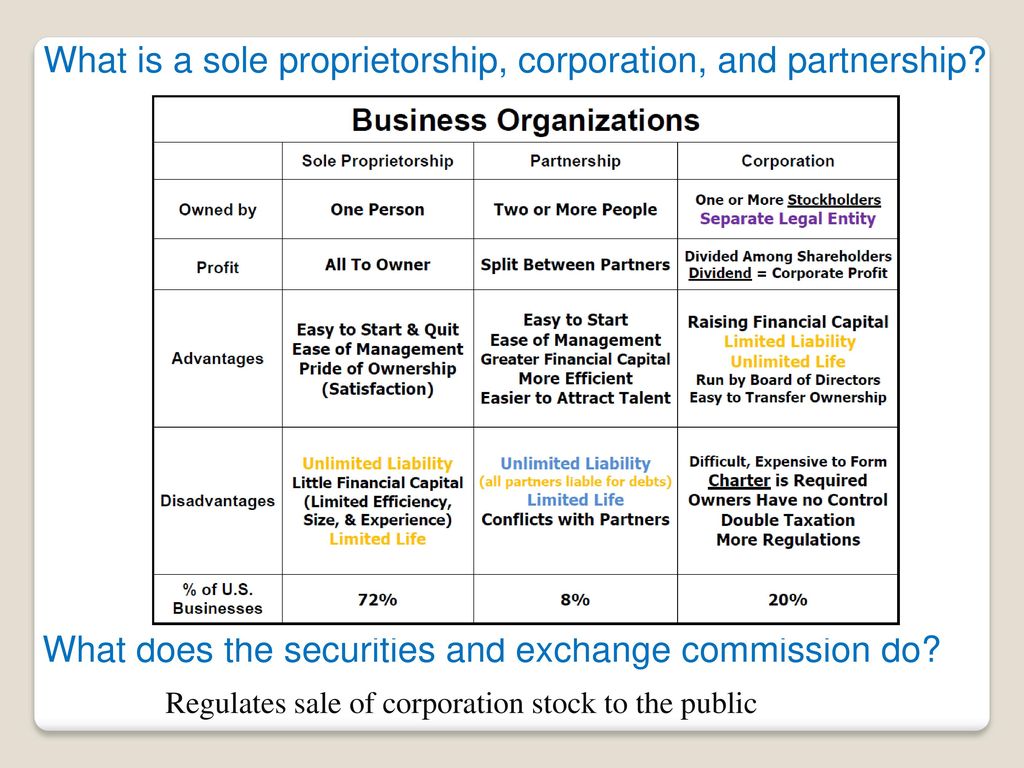 It is believed that if a child at a certain age crawls on the floor or lawn and puts everything in his mouth, then this is normal for his immunity, says Elena. nine0003
It is believed that if a child at a certain age crawls on the floor or lawn and puts everything in his mouth, then this is normal for his immunity, says Elena. nine0003 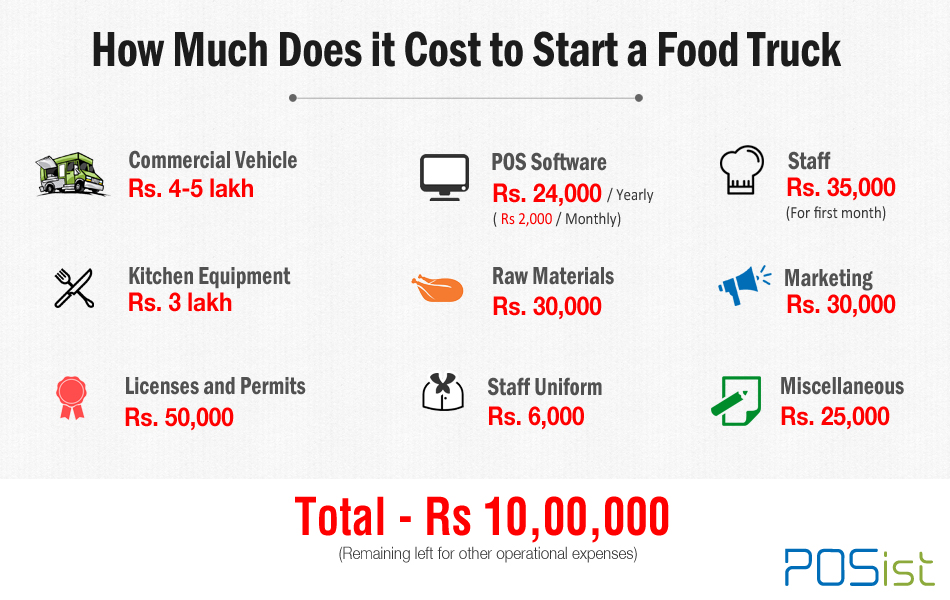 To protect children from the scorching sun in kindergartens and playgrounds, rule No hat, no play (“No hat - no play”) applies. A wide-brimmed cowboy hat is part of the school uniform.
To protect children from the scorching sun in kindergartens and playgrounds, rule No hat, no play (“No hat - no play”) applies. A wide-brimmed cowboy hat is part of the school uniform. Freedom for the parrots
 Here it is customary not to focus on the negative, but, on the contrary, to intensely praise the child if he did something well, - says Elena. nine0003
Here it is customary not to focus on the negative, but, on the contrary, to intensely praise the child if he did something well, - says Elena. nine0003 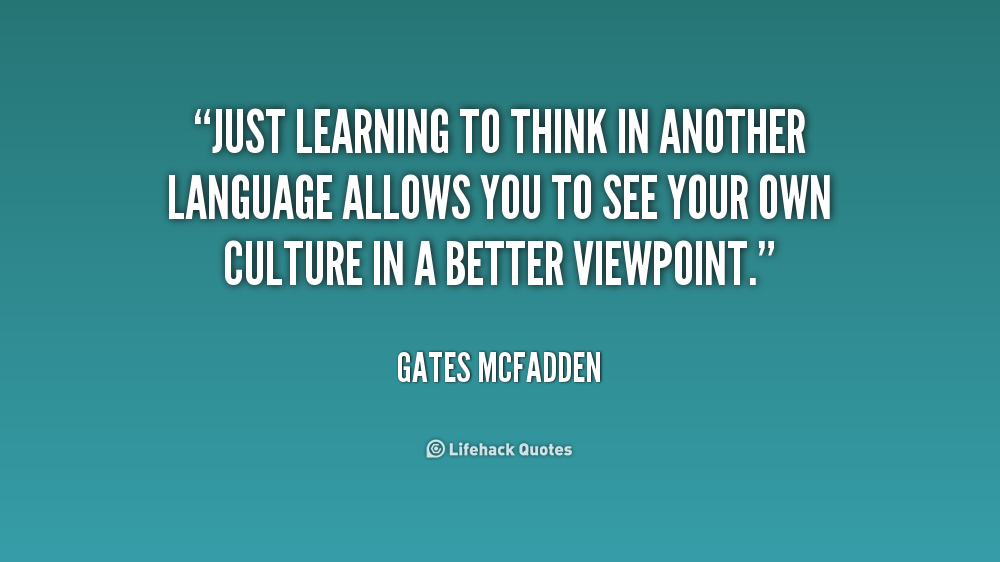 They didn’t hear about the early development of the mother here at all. There is no panic if the child starts talking after two years. Or at five he can't put two and two together.
They didn’t hear about the early development of the mother here at all. There is no panic if the child starts talking after two years. Or at five he can't put two and two together. 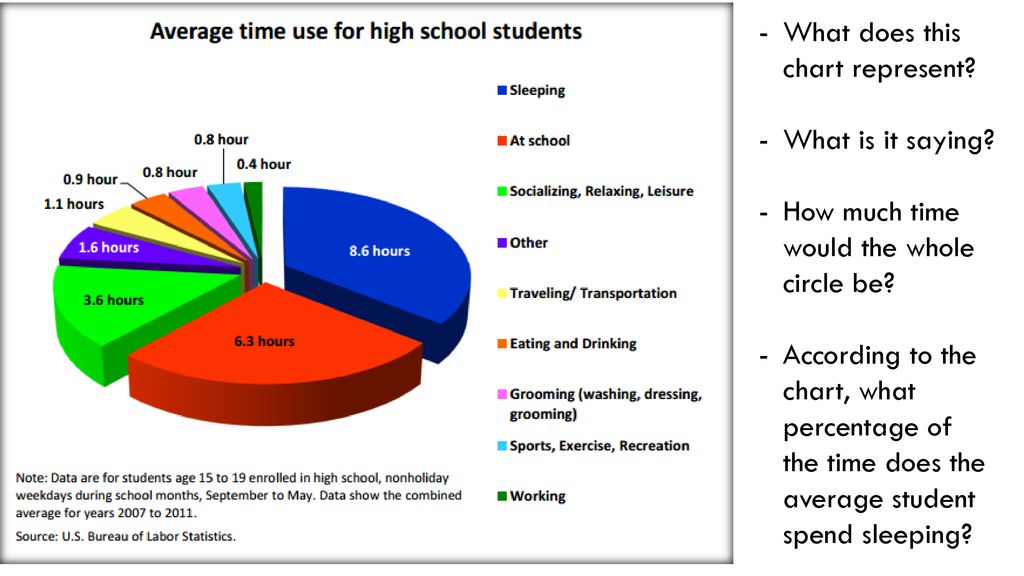 nine0003
nine0003 All for One


 nine0003
nine0003 
STATISTICS
Adults and children
(Japan - 1.90 ; USA - 5.17 ; Russia - 6.42 ; India - 30144). A place under the Sun
 Bullying - bullying of any kind - is immediately stopped at school. The classes are mixed every year. Tolerant Australian children, when talking about a newcomer to their parents, will not describe his skin color or physical features.
Bullying - bullying of any kind - is immediately stopped at school. The classes are mixed every year. Tolerant Australian children, when talking about a newcomer to their parents, will not describe his skin color or physical features. 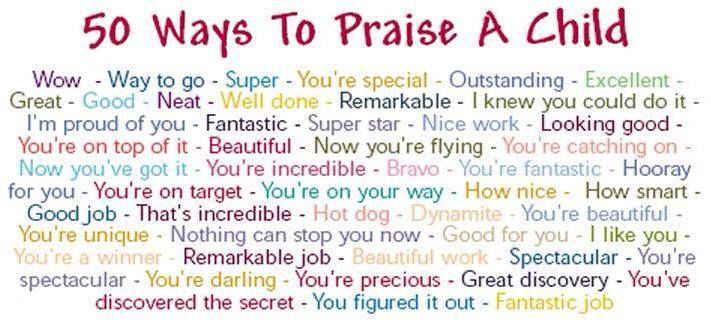 One of the books, for example, talks about why some children have two dads or two moms. nine0003
One of the books, for example, talks about why some children have two dads or two moms. nine0003 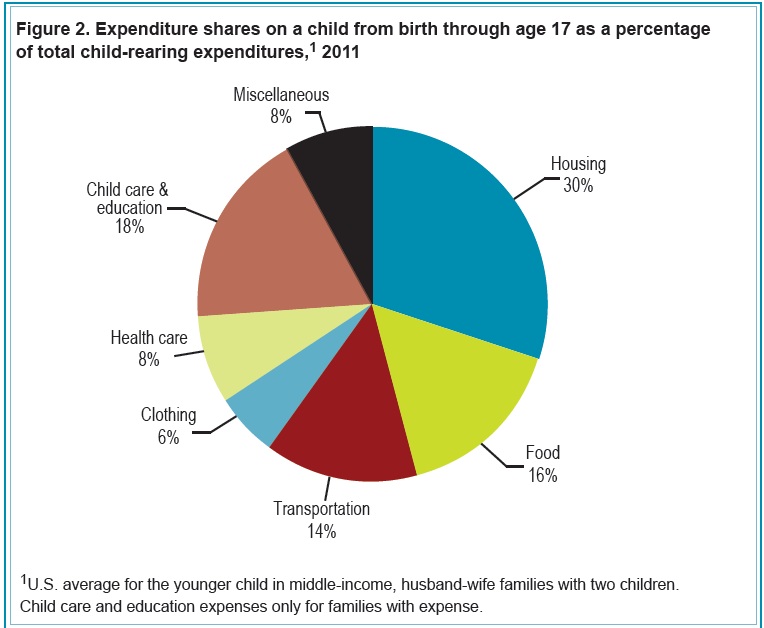
REVERSE
No family 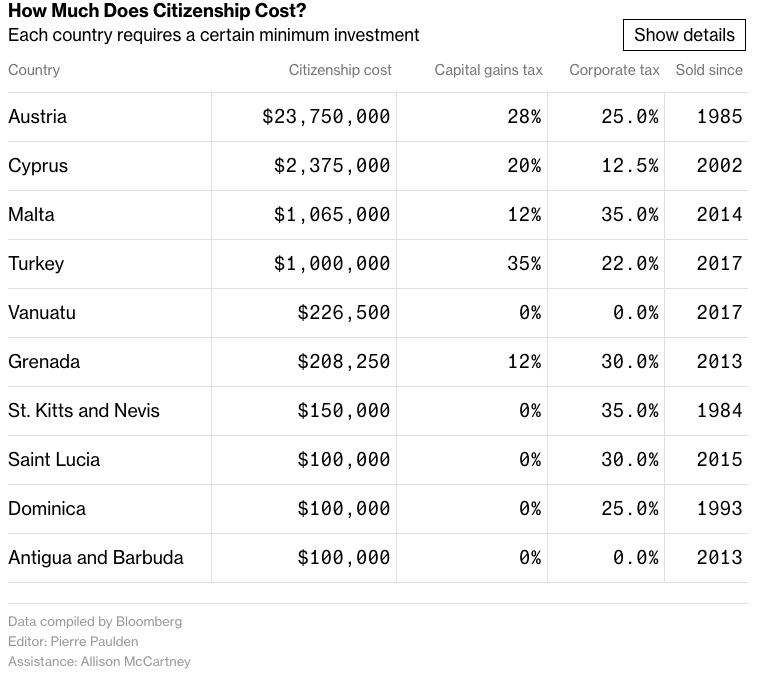 In 2008, the country's prime minister, Kevin Rudd, apologized to the indigenous population, acknowledging that "profound grief, suffering and loss" had been inflicted on an entire generation. nine0003
In 2008, the country's prime minister, Kevin Rudd, apologized to the indigenous population, acknowledging that "profound grief, suffering and loss" had been inflicted on an entire generation. nine0003
MOSE CREAM, and the fee for leaving children in children Australia will grow up again! Work and earn, everyone in kindergarten! The birth rate in Australia has plummeted and everyone is afraid to have children .
 ..- News.com.au
..- News.com.au 
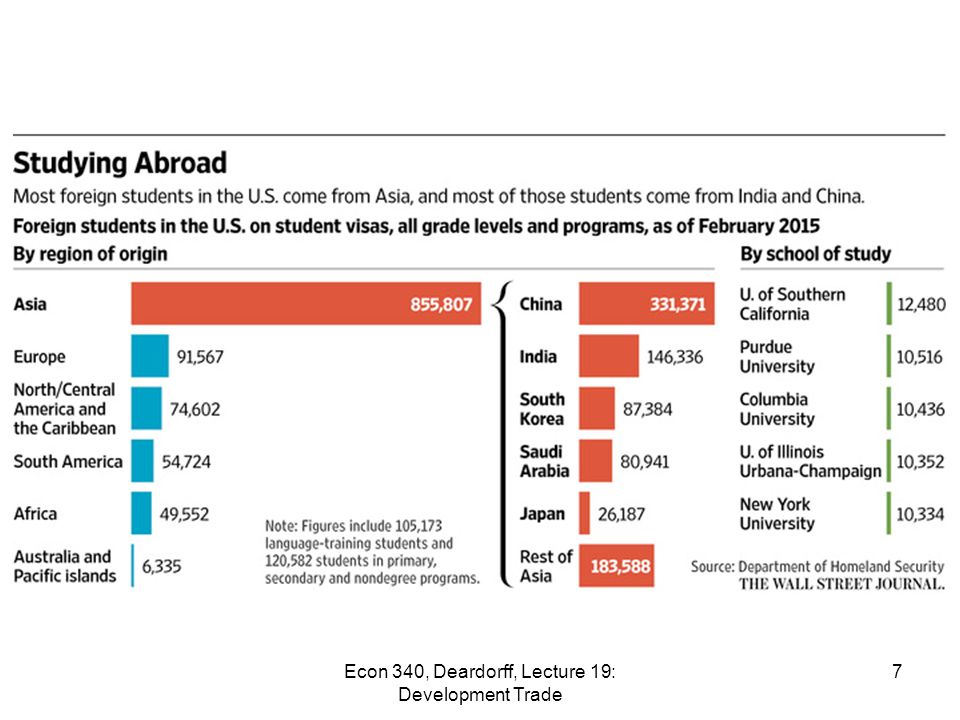 .. per year.Australian dollar, Used for part-time childcare. nine0003
.. per year.Australian dollar, Used for part-time childcare. nine0003  ..
..  "
"  It's really too early, too easy!
It's really too early, too easy! 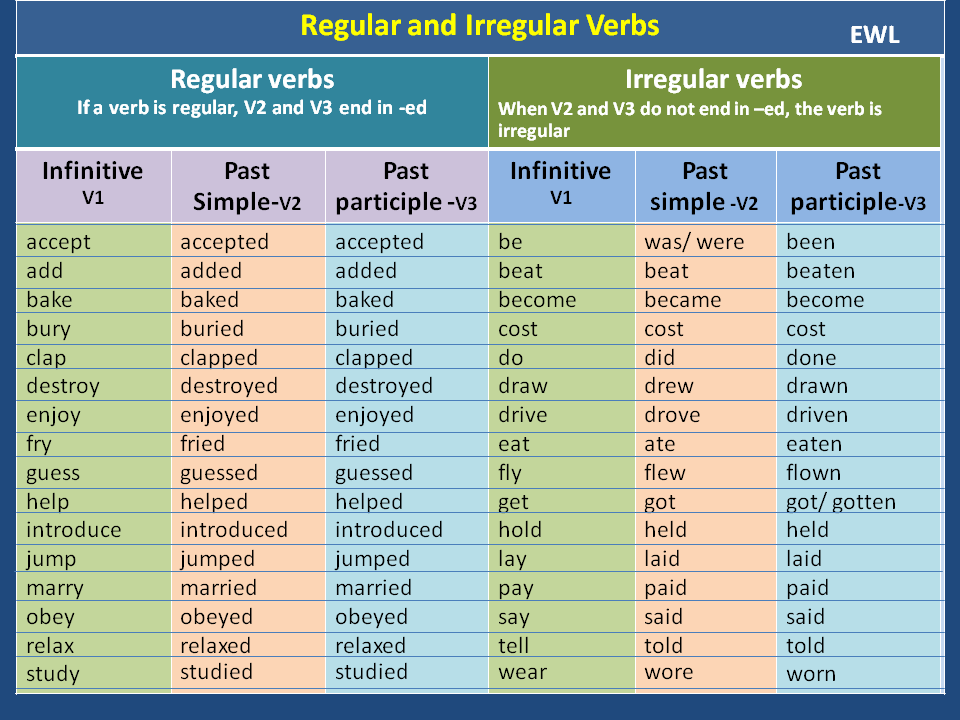 nine0003
nine0003 